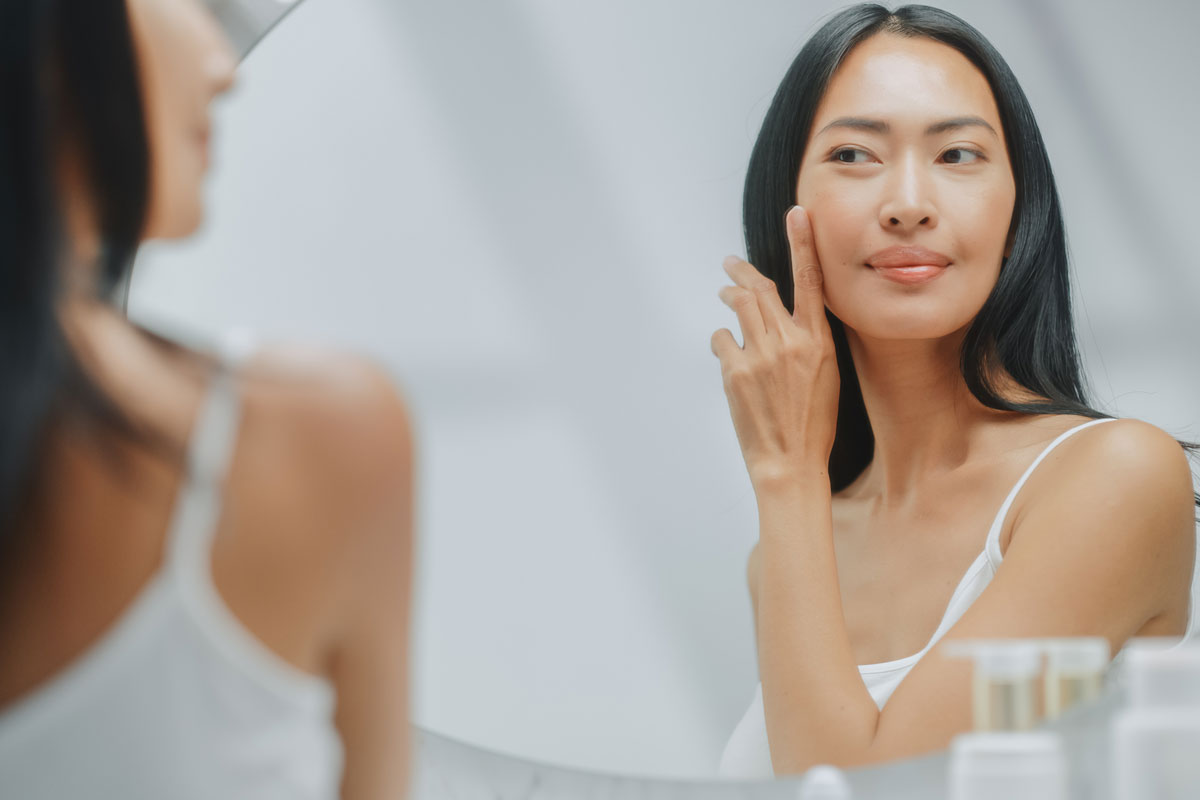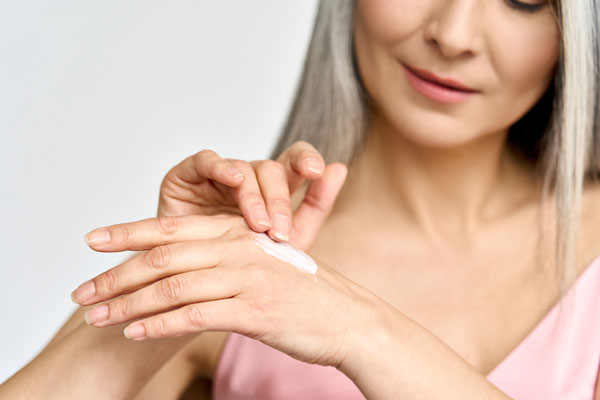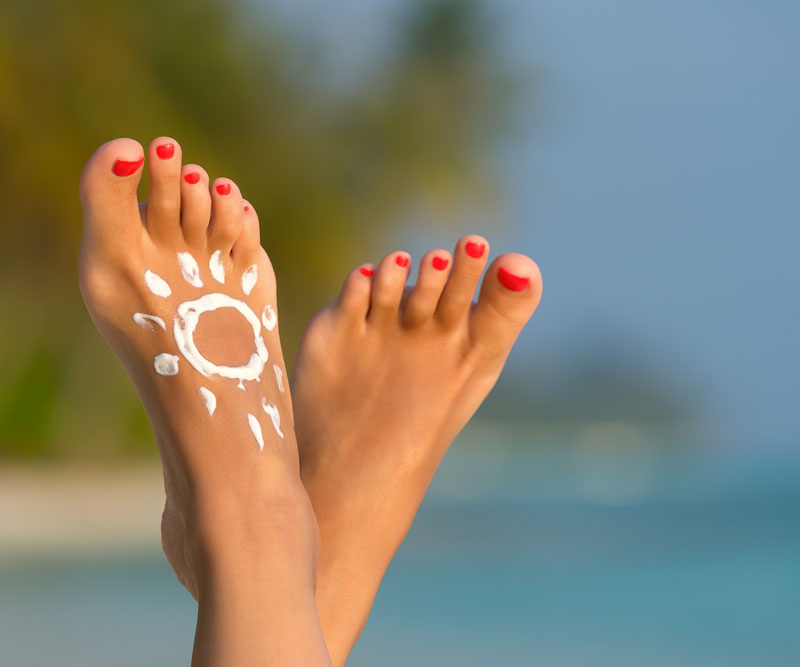
Save Your Skin from the Effects of Sun, Smoke & Other Signs of Aging
Tips to Healthier Aging
Help! My Skin Looks Old!!
Aging affects all parts of the body, some more than others.
This is especially true with our skin.
As we age, there is a natural loss of subcutaneous fat that leads to thinner, drier skin. When skin becomes thinner, fine lines can appear more visible, and even slight trauma can cause skin tears and bruising.
Lifestyle Factors That Can Age Your Skin
Medications
Some medications that you take or apply can magnify changes to your skin.
Topical steroids can cause atrophy or thinning of the skin.
Aspirin and blood thinners like warfarin and newer agents can cause easy bruising even in the most careful person.
Some antibiotics, such as doxycycline, can heighten your sensitivity to the sun's ultraviolet radiation rays (UVR), causing sun damage and skin irritation.
Sun Exposure
Here in Hawaii, being blessed with constant sunshine all year-round can have its own downfalls.
The sun's radiation can cause photoaging, or premature aging of the skin caused by repeated exposure to UVR, specifically UVA rays.
UVA rays have a long wavelength that is able to penetrate the surface layer of skin and into the middle layer called the dermis. Here, they damage the collagen fibers superimposed on the skin's chronologic aging mechanism, which causes a chain reaction that can highlight fine and coarse wrinkles, loss of elasticity and cause dyspigmentation to occur.
Smoking
A previous history of smoking also accelerates skin aging and can cause "smoker's face," which is characterized by wrinkles and uneven complexion in the areas most commonly exposed to smoke, such as around the mouth and eyes.
It is thought that the collagen in those areas are affected by the chemicals in cigarette smoke.
Tips to Save Your Skin
Use Sunscreen & Stay Out of the Sun
To care for your skin, it is important to apply sunblock daily, whether you're planning an outing or just staying at home.
UVRs penetrate our homes and can still cause skin damage.
Choosing a sunblock that is broad-spectrum, meaning it covers UVA and UVB, is the first step.

The protective effects of sunblocks also depend on their SPF (sun protective factor). The higher the number, the better it is.
Make sure to read the label on how often you need to reapply it. The more you sweat or the more you get exposed to water, the more frequently you should be reapplying.
Sunblocks are not made the same, so it is best to read the label that comes with it on proper handling and use.
Also, read labels. If you're bottle is exposed to the sun, the protective ingredients might not last as long, so remember to get a new one in a month's time.
You can also wear a hat or a light jacket to decrease sun exposure.
Lock in Moisture
Unfortunately, there is no regimen to "thicken" skin. Loss of subcutaneous fat predisposes you to skin dryness.
When bathing, warm or tepid showers are better than hot baths because the cooler water temperature lessens the removal of the natural oils in your skin. Patting your skin dry instead of toweling vigorously is also helpful. Remember to apply lotion to your skin afterwards in order to lock the moisture in.
You may need to reapply moisturizer throughout the day. Hypoallergenic lotions should do the trick.
Talk with Your Provider About Your Medications
Last but not the least, review your medications with your primary care physician.
Do you still need to be on two blood thinners instead of one?
Are you supposed to be on aspirin, or can you stop?
Stopping unnecessary medications can lessen your risk for side effects or complications like easy bruising.
However, always consult with your PCP before changing your medication regimen, as your overall health is so much more than skin deep.
Published on: May 1, 2025





